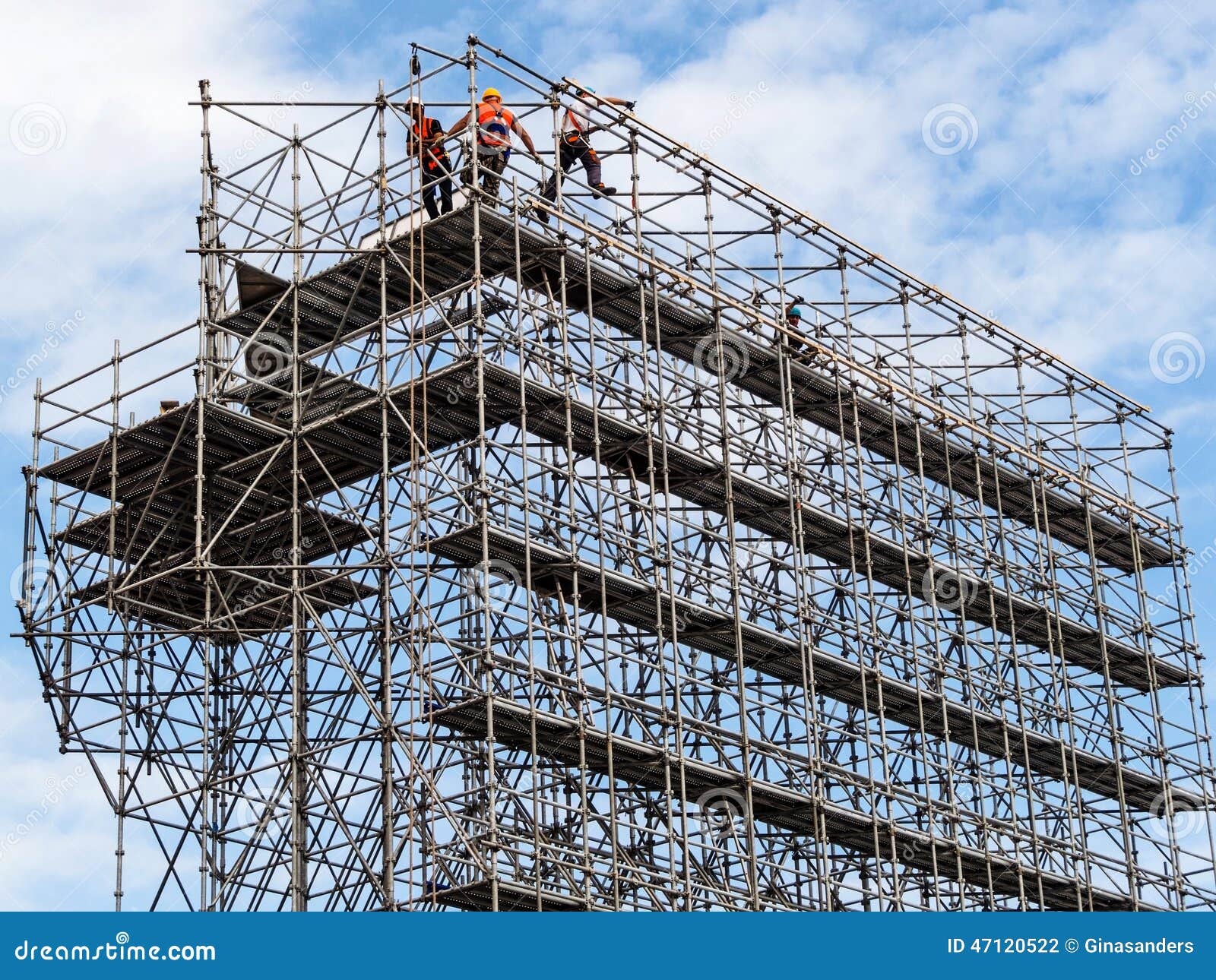In the rapid world of industrial construction, temporary structures serves as a crucial component that guarantees job sites remain safe and effective. As structures become taller and projects become progressively complex, comprehending the intricacies of industrial scaffolding is critical for all workers participating. From providing Commercial Scaffolding In Margate to allowing easier access for construction teams, the right scaffolding system can create a considerable difference in the outcome of any project.
Security is critical in construction, and thorough training for workers is important in navigating the multiple types of temporary structures and the associated hazards. By exploring the fundamentals of industrial scaffolding, we can look into its importance in modern construction, the types available, and the significance of adhering to safety protocols. This article endeavors to prepare you with the information essential to ensure that scaffolding is not only an asset on your job site but also a symbol of compliance and safety in every aspect.
Understanding Commercial Scaffolding
Industrial scaffolding is a short-term structure designed to assist employees and supplies during the erection, renovation, or maintenance of buildings. It functions as a critical tool that allows entry to high locations, ensuring that employees can complete work safely and efficiently. Given the size and complexity of industrial developments, support setups must be robust, flexible, and adhere to security standards. The importance of industrial support lies not only in enabling work at heights but additionally in improving overall job site safety.
There are multiple types of support structures used in industrial projects, including frame scaffolding, system scaffolding, and suspended scaffolding. Each kind offers unique advantages based on the particular requirements of the project. Frame support is frequently used for its simplicity of assembly and stability, while system support provides increased flexibility and adjustability to complex designs. Hanging support, on the contrary, is favored in situations where tasks needs to be done on tall structures or intricate exteriors. Understanding these types is crucial for choosing the suitable scaffolding solution that meets both the security and functional needs.

Effectively utilizing industrial scaffolding can significantly boost worksite safety and productivity. Correct scaffolding not just provides a secure base for workers but also helps reduce incidents related to falls. Additionally, it facilitates the orderly arrangement of supplies and tools at height, reducing the chance of hazards associated with cluttered areas. By allocating resources to top-notch support systems and training employees on their operation, organizations can ensure compliance with security regulations and create a safer employment environment for all involved in a project.
Safety Standards and Adherence
Compliance with safety regulations is essential for ensuring the safety of employees involved in commercial scaffolding projects. The Occupational Safety and Health Administration sets forth stringent guidelines that govern the use of scaffolding in building environments. These guidelines address various aspects, including the structure, application, and upkeep of scaffolding systems. Following these standards not only protects workers from likely accidents but also ensures that employers meet legal obligations, thereby avoiding substantial fines and legal problems.
One of the key aspects of compliance is carrying out routine inspections and assessments of scaffolding structures. This includes inspecting the integrity of the scaffolding system, looking for defects, and ensuring that the setup adheres to safety standards. Workers must be instructed to spot potential risks and alert any deficiencies promptly. Safety inspections should be conducted before each work period or if there is a shift in circumstances that may impact the stability of the scaffolding.
Moreover, employers are accountable for suitable training for their workers. This training should encompass OSHA regulations, correct use of scaffolding equipment, and emergency procedures. A well-trained workforce will notably lessen the chances of accidents and injuries on construction sites. By prioritizing proper training and compliance practices, companies can foster a more secure work environment, ultimately leading to higher productivity and a good reputation within the construction industry.
Selecting the Right Scaffolding Options
Picking the right scaffold for commercial projects is important for guaranteeing security and productivity. Diverse jobs have unique demands based on their magnitude, function, and surroundings. For Commercial Scaffolding In Sandwich in point, a tall building might necessitate specific scaffolding systems that can support more weights and provide improved strength at altitudes. Grasping the particular demands of your task will assist you in deciding between alternatives like flexible scaffold, which offers adaptability, or conventional tube and connection systems, which can be customized for different applications.
An additional important factor is the elements used in scaffolding. Aluminum scaffold is often preferred for its easy-to-handle character and ease of construction, making it perfect for jobs where movement and quick setup are priorities. Conversely, steel scaffolding may be more appropriate for heavy-duty applications due to its robustness and longevity. Assessing the project elements, such as weight capacity capacity and site factors, will assist you make an informed decision that most meets your operational demands.
In conclusion, it is crucial to take into account the logistics of scaffolding installation and handling. Good organization involves evaluating location access, ensuring load-bearing capabilities, and scheduling assembly to minimize interruptions on crowded business sites. Working with skilled scaffold professionals can provide insightful guidance and customized solutions that boost productivity while adhering to safety guidelines. A thoroughly planned scaffolding solution not only supports building work but also adds significantly to the overall safety and efficiency of the project.
